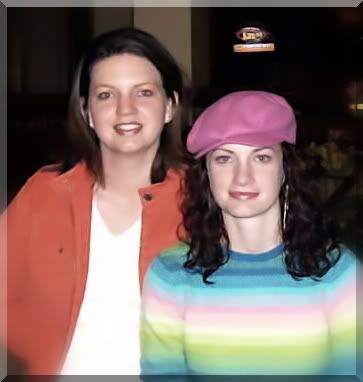The "effort" score is made up of the amount of time required to develop the took, the amount of money needed to get going and to maintain and the amount of "in-house geekiness" (technical know-how) required. Rate each on a scale of 1 to 5, resulting in a total max score of 15.
Effect score is much more subjective. Think about the potential effect of each tool for your organization and rank it on a 1 to 5 scale.
The result, a graph that gives you four quadrants:
Yellow: Must Haves (low effort, big effect)
Green: Should Haves (greater effort, big effect - probably worth the time/money investment)
White: Can Have (if you don't spend much time, the effect could be worth it)
Blue: Stay Away! (too much effort, too little effect)

This graph was created for ANTaR, but you can easily do the same for your organization.
A couple of definitions:
Demographic refers to Web sites that appeal to a core demographic and allow nonprofits to participate by having their own page and connecting with potential volunteers, donors, etc.
I have no idea what Bespoke it (up in the corner) and I'm not sure what Priscilla means by maps. Maybe she'll come by and leave a comment...
Great tool! I plan to use it in the near future. I'll try to post the results.



1 comment:
Hi, thanks for the link :)
Bespoke is a website that has been created for your organisation to achieve its campaign or fundraising aims. For ANTaR, the example is the virtual Sea of Hands (see http://seaofhands.antar.org.au). It is branded as ANTaR and the action is tailored so that it will achieve aims as set out in our online strategy (to get a certain number of people to sign a hand and write to politicians about Inidigenous issues). Another example, for fundraising, might be Oxfam Australia's Trailwalker website, which has been designed and developed solely for the Oxfam Trailwalker event (see http://www.oxfam.org.au/trailwalker).
By maps, I mean using maps to tell a story rather than text to make the story more interesting, e.g. using Google Maps. I launched a map for ANTaR a couple of weeks ago, you can read my blog post about it (see http://www.solidariti.com/article/Mapsforadvocacy) and see the map (see http://www.antar.org.au/success).
Thanks for stopping by :)
Post a Comment